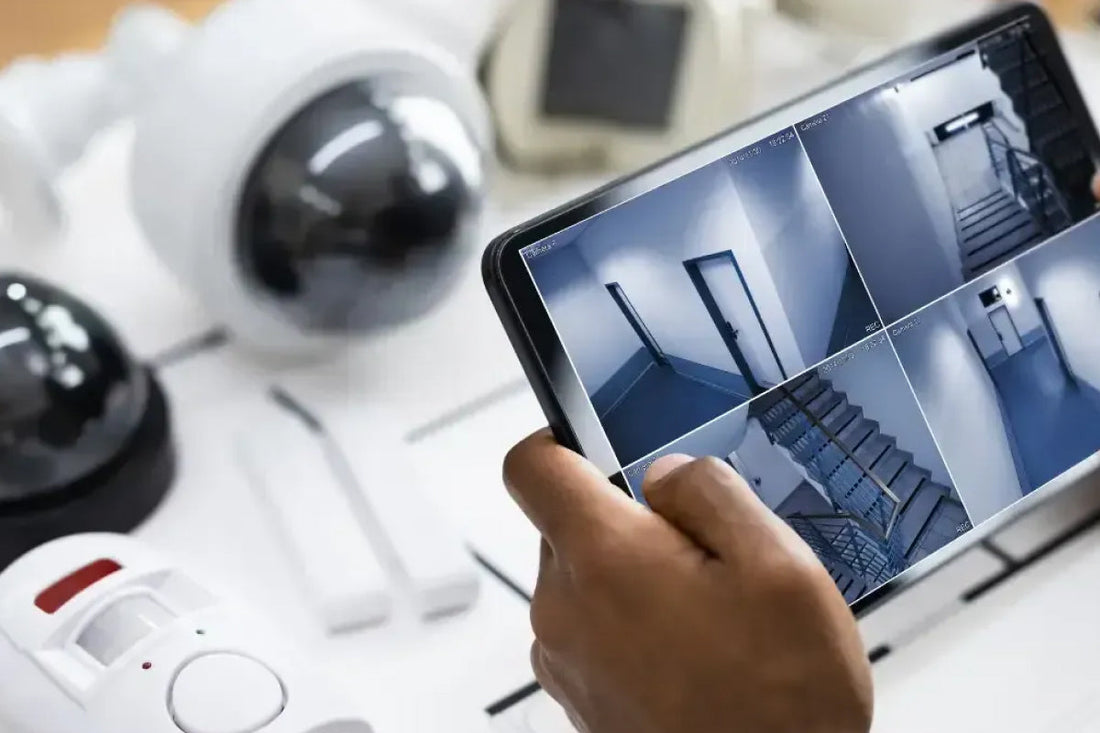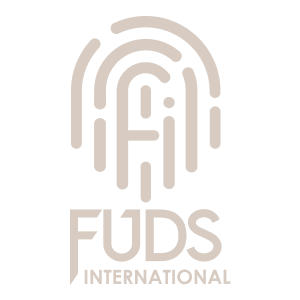
Essential Access Control Practices to Keep Your CCTV Data Secure
Share
In an era where surveillance plays a critical role in security infrastructure, protecting CCTV data has become more important than ever. While installing high-definition cameras and networked video recorders is essential, they’re only as secure as the systems that control who can access the data they collect.
Access control is the gatekeeper of your CCTV ecosystem. Without robust access policies, even the most advanced camera system becomes a liability, risking data breaches, privacy violations, or legal non-compliance. This blog outlines best practices for access control to ensure your CCTV systems remain secure and trustworthy.
Why Access Control Matters in CCTV Security
Access control is more than just a login screen — it’s the framework that governs who can see, interact with, and manage your surveillance data. Poor access management can lead to:
• Unauthorized viewing or distribution of sensitive footage
• Tampering or deletion of evidence
• Insider threats or accidental misuse
• Regulatory violations (e.g., GDPR, HIPAA, or local privacy laws)
Implementing access control best practices is essential for reducing risk, maintaining operational integrity, and ensuring legal compliance.
Access Control Best Practices for CCTV Systems
1. Implement Role-Based Access Control (RBAC)
Not every user needs full access. Use RBAC to define specific roles (e.g., Administrator, Viewer, Maintenance) and assign permissions based on job responsibilities. This minimizes the risk of misuse and limits exposure of sensitive data.
Example:
• Security Officer – Live viewing and playback access only.
• IT Admin – System configuration but no video playback.
• Investigations Lead – Playback, export, and sharing rights.
2. Use Strong Authentication and MFA
Passwords alone aren’t enough. Enforce the use of strong, unique passwords and implement multi-factor authentication (MFA), especially for remote access or cloud-based CCTV systems. MFA adds an extra layer of protection against compromised credentials.
3. Restrict Access by Time, Location, or Device
Implement contextual controls that limit access based on:
• Time of day (e.g., during business hours)
• Location (e.g., on-premises only)
• Device type (e.g., company-issued devices)
These restrictions help prevent unauthorized or suspicious access patterns.
4. Monitor and Audit All Access Logs
Every access event should be logged and auditable, including logins, footage views, exports, and configuration changes. Regularly review these logs to detect unusual activity or insider threats.
Pro tip: Use automated alerts for access anomalies, such as logins from new IPs or after-hours access.
5. Enforce the Principle of Least Privilege
Give users only the permissions they need to perform their job functions — no more, no less. This reduces potential damage if an account is compromised.
6. Segment the Network
Place CCTV systems on a dedicated VLAN or subnet to isolate them from general IT networks. Use firewalls and Access Control Lists (ACLs) to restrict who can reach the CCTV servers or storage systems.
7. Encrypt Data at Rest and in Transit
Ensure CCTV data is encrypted:
• At rest: Footage stored on hard drives or in the cloud should be encrypted using AES-256 or similar.
• In transit: Use HTTPS or secure VPN tunnels for data transmissions between cameras, servers, and user interfaces.
8. Apply Physical Access Controls
Even the best digital access controls can be bypassed if someone can walk into your server room. Use physical security measures:
• Lock DVR/NVR enclosures
• Use surveillance on server rooms
• Limit keycard or biometric access to critical areas
9. Review Access Regularly
Permissions can become outdated as roles evolve. Conduct periodic access reviews and revoke access for users who no longer need it (e.g., terminated employees or transferred staff).
10. Educate Users and Build a Security Culture
Your team is your first line of defense. Conduct regular training on:
• Secure login practices
• Recognizing phishing or social engineering attacks
• Handling and sharing surveillance data responsibly
Compliance and Legal Considerations
Regulations like the General Data Protection Regulation (GDPR) in the EU or Health Insurance Portability and Accountability Act (HIPAA) in the U.S. require strict data handling policies, especially when surveillance footage contains personally identifiable information (PII).
To stay compliant:
• Define and enforce data retention policies
• Document access control processes
• Be transparent about surveillance to employees and the public
• Ensure any third-party monitoring services meet your access control standards
Conclusion :
CCTV systems are powerful tools for safety and security, but without proper access control, they become high-risk vulnerabilities. By implementing the practices outlined above — from RBAC and encryption to auditing and education — you can significantly strengthen your CCTV security posture.
A secure surveillance system doesn’t just monitor the environment — it monitors itself, and controls who gets to watch.
